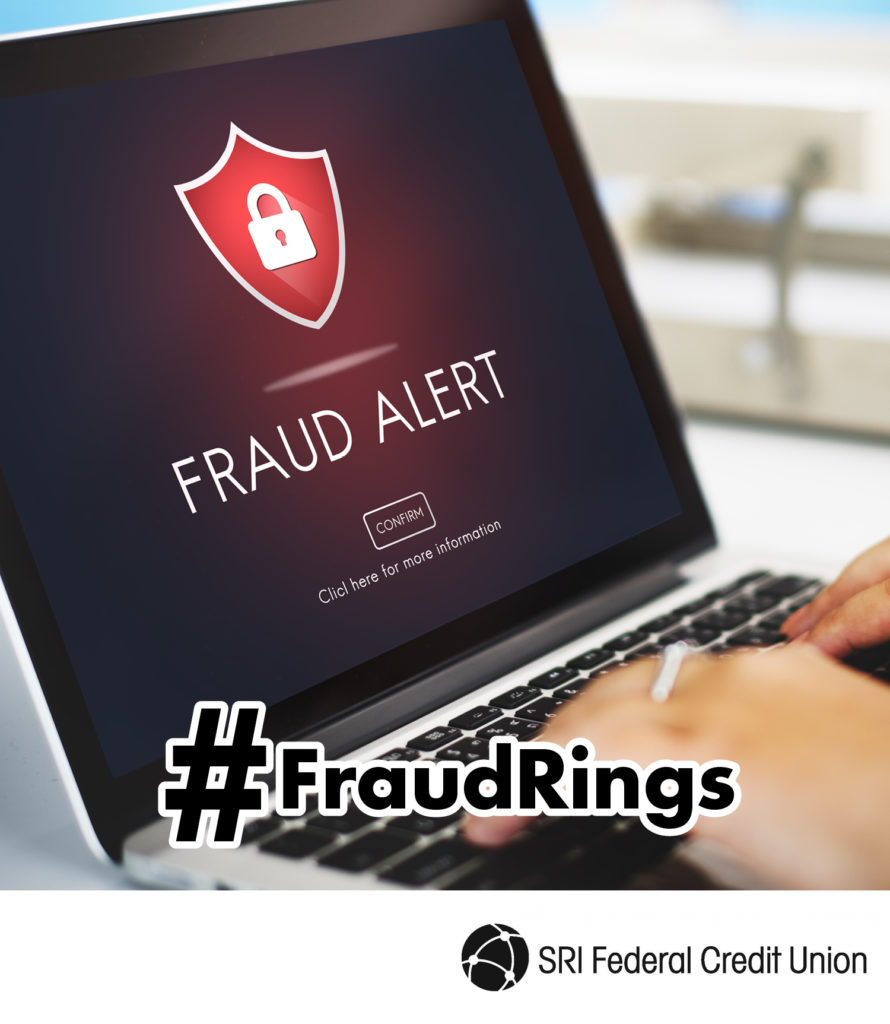What is a fraud ring?
A fraud ring is an organized circle of criminals that works to defraud and steal from people. They’ll use the same tactics as smaller groups of scammers and individual crooks, but they work on a much larger scale. They also tend to have access to more technology and resources than a scammer who is working alone. Consequently, the harm they can do is on a much larger scale as well.
A fraud ring can consist of a group of criminals, as in any organized crime ring, or it can consist of a family of crooks working together to pull off their crimes. The members of the fraud ring collaborate to share information that can help them commit acts of fraud to net vast amounts of stolen funds and merchandise.
Fraud rings take a tremendous amount of skill and coordination to create and run. Unfortunately, though, they can be very lucrative for fraudsters. In addition, the skill used to operate these rings makes them very difficult to detect and they can operate for years before being caught. The good news is that investigators can use their own advanced methods to identify and catch fraud rings and bring their operators to justice.
How does a fraud ring operate?
A fraud ring can operate under one of several pretexts. One common premise involves forgery, in which the fraud ring will create fake claims, steal identities and even print counterfeit checks and currency. Some rings target individuals, committing identity theft and the like, but many will focus on targeting eCommerce websites, businesses, charities, or government agencies. The fraud rings will often test their software against the business’s payment solutions by trying to make purchases through bogus giftcards or by using fake credit cards. If the fraud ring can get past the first line of defense the business has in place, it will move on to more severe crimes against the business, including larger purchases paid for via fraudulent means, hacking into the company’s database, and stealing the personal details of their customers and more.
A fraud ring can commit any of the following scams:
- Forgery
- Filing false claims
- Identity theft
- Identity manipulation
- Printing counterfeit checks
- Printing counterfeit currency
How can I recognize a fraud ring?
Unfortunately, with the world of commerce and banking moving more online, fraud has become more rampant than ever. There are millions of pieces of sensitive data floating around the internet, including Social Security numbers, checking account information, credit card numbers and more. While most of this is inaccessible to the common crook and hidden behind safety measures like encryption, lots of data slips through cracks and gets picked up by scammers. There are also sophisticated hacking and phishing methods that help criminals gain access to this information. Finally, scammers can use a few bits of innocent, but identifying information, such as a date of birth, street address, and hometown — all of which can easily be found online and on social media accounts — to crack open passwords for accessing sensitive data. In fact, the internet has made fraud so rampant that research shows there is a new victim of identity theft every two seconds.
Fraud rings have naturally also benefited from the massive amounts of information that can be scraped off the internet. With their increased manpower and resources, fraud rings can, unfortunately, access lots of data from individuals and merchants.
Fortunately, you can learn to recognize signs of fraud and protect yourself from falling victim to a fraud ring or a scammer working alone.
Look out for these red flags which can indicate signs of fraud:
- Large purchases on your credit card statement or checking account statement that you don’t remember making
- Bills for loans you haven’t taken out
- An inexplicable denial of credit or a large loan
- A dramatic, unexpected drop in your credit score
- Collection agency calls for overdue loan payments you know nothing about
If you own a business, you may be at even greater risk of falling victim to a fraud ring. Be sure to look out for several sudden and large purchases from a customer who hasn’t made a purchase in a while, new accounts from customers that quickly become big spenders, and claims that demand refunds for faulty products you believe were in perfect order when shipped.
It’s also important to follow rules of safe online interaction and identity protection at all times. Never share any sensitive information online or on the phone unless you are absolutely sure you are engaging with a reputable entity on the other end.
Detecting instances of fraud at the first sign of suspicion can help mitigate the damage and keep your money and your information safe.





